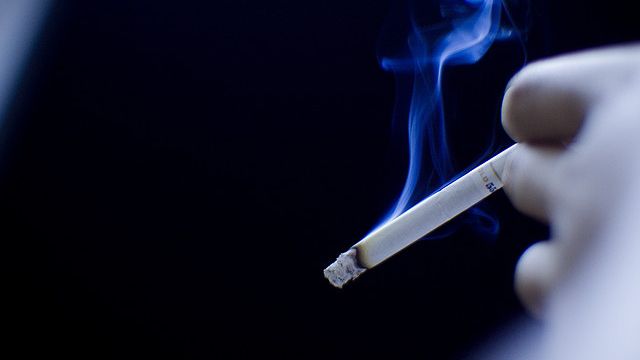August, 2012
G A Turner, M Hoptroff, and C R Harding
Synopsis
Dandruff is characterized by a flaky, pruritic scalp and affects up to half the world’s population post-puberty. The aetiology of dandruff is multifactorial, influenced by Malassezia, sebum production and individual susceptibility. The commensal yeast Malassezia is a strong contributory factor to dandruff formation, but the presence of Malassezia on healthy scalps indicates that Malassezia alone is not a sufficient cause. A healthy stratum corneum (SC) forms a protective barrier to prevent water loss and maintain hydration of the scalp. It also protects against external insults such as microorganisms, including Malassezia, and toxic materials. Severe or chronic barrier damage can impair proper hydration, leading to atypical epidermal proliferation, keratinocyte differentiation and SC maturation, which may underlie some dandruff symptoms. The depleted and disorganized structural lipids of the dandruff SC are consistent with the weakened barrier indicated by elevated transepidermal water loss. Further evidence of a weakened barrier in dandruff includes subclinical inflammation and higher susceptibility to topical irritants. We are proposing that disruption of the SC of the scalp may facilitate dandruff generation, in part by affecting susceptibility to metabolites from Malassezia. Treatment of dandruff with cosmetic products to directly improve SC integrity while providing effective antifungal activity may thus be beneficial.










/positive-blonde-middle-aged-woman-psychologist-talking-to-girl-patient-1213531990-745e910347594bf0a0569e7e1b908105.jpg)
